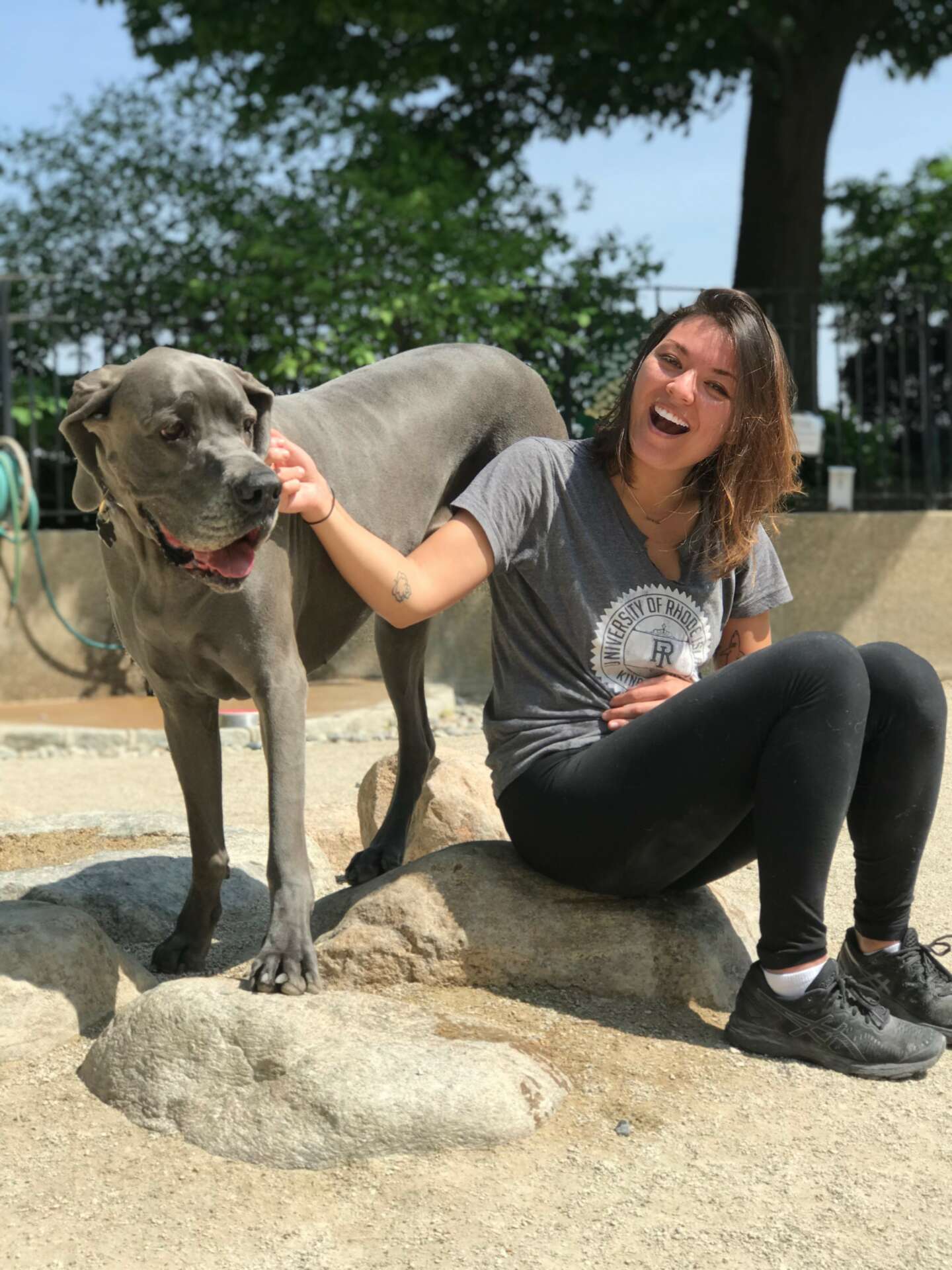We’re excited to introduce you to the always interesting and insightful Maya Haber. We hope you’ll enjoy our conversation with Maya below.
Maya, thanks for taking the time to share your stories with us today So let’s jump to your mission – what’s the backstory behind how you developed the mission that drives your brand?
My business is a love letter to my dog. As a reactive dog owner, everyday life can have it’s challenges and that was something I connected with personally. Within a city, the biggest things dog owners want is to bring their dog everywhere and be dog and people friendly. However, my dog wasn’t always friendly with other dogs so my life with my dog was majoritively isolating. I was embarrassed by my dog’s reactivity which made me filled with anxiety taking him out. There were so many dog-friendly activities and services that I wanted to enjoy but couldn’t because the service or space was not savvy with dog reactivity or aggression of any sorts.
It only took me a few months of living in NYC where I learned I wasn’t alone. There were plenty of New Yorkers who struggled to find a pet professionals that were comfortable handling their dog’s reactivity or size. It led me to start my niche pet business of caring for dogs with mild to severe behavioral issues. It started as a dog walking and dog sitting service and blossomed into dog training by COVID time.
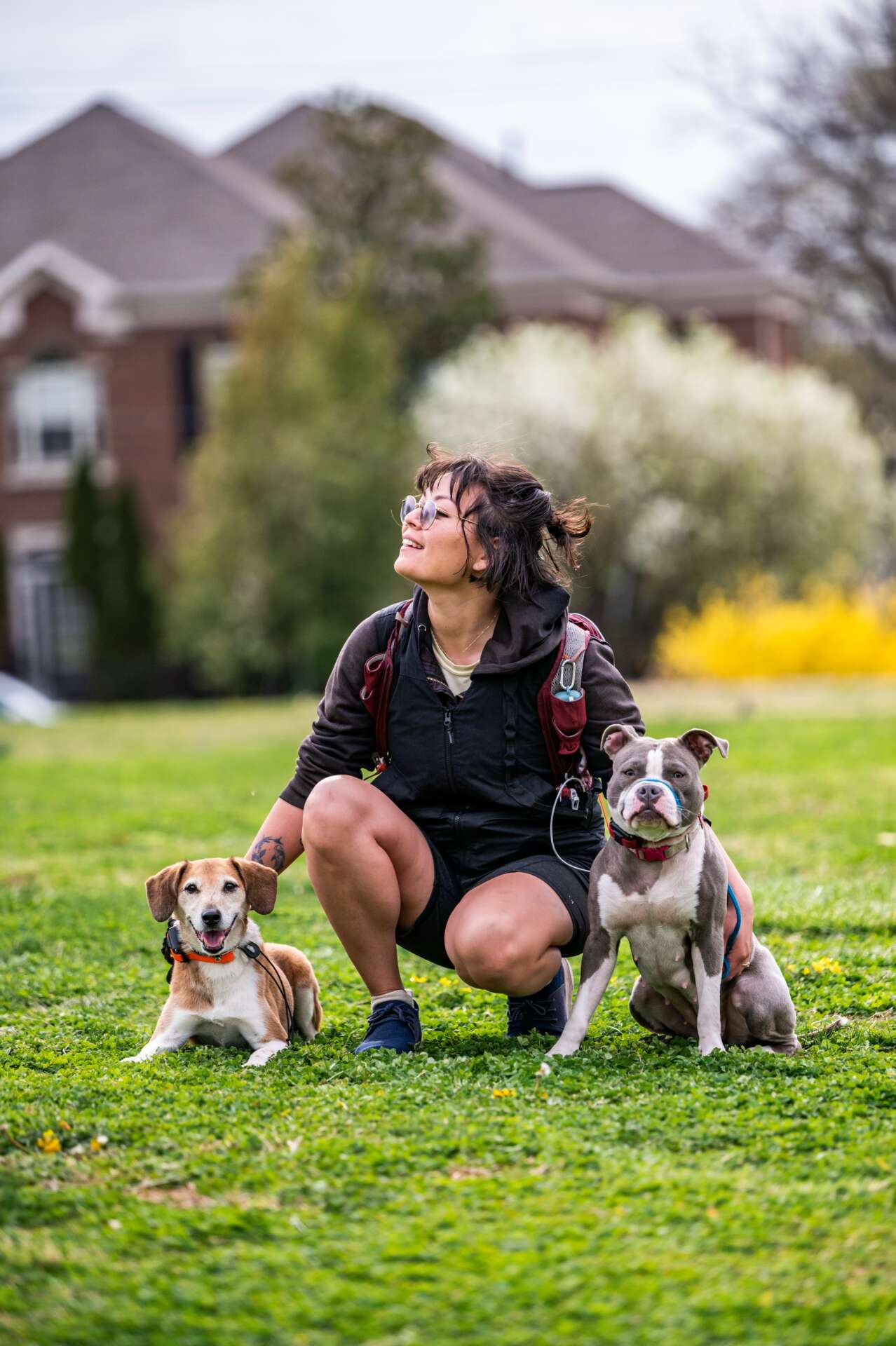

Great, appreciate you sharing that with us. Before we ask you to share more of your insights, can you take a moment to introduce yourself and how you got to where you are today to our readers.
While my love of dogs started with mine, it was really when I was in college studying abroad in Fiji where I got super intrigued with feral dogs and their dynamics. I was living amongst tons of feral dogs, many that my, then boyfriend (now husband) used to care for, feed, and walk amongst. It was a time where I witnessed a TON of primitive behavior. Some of it was absolutely brutal to watch-however it did leave me hungry for answers to learn about dog aggression, human aggression, and fear. This is not an opportunity city dog trainers have experienced.
Following my months in Fiji, I went right to a shelter to volunteer. It was both traumatic and eye-opening experience. I really saw that people viewed dogs and dog behaviors in such a binary way. They were either smart or not smart. Aggressive or nonaggressive. But then you spent time with these dogs and there was just so much depth to them. Why did they bite this person and not me? I would ask myself these questions regularly and it was both intense and perplexing.
For years I did dozens of different training programs and spent tens of thousands of dollars in books, workshops, online courses, private training etc. The fact was, there was nothing about city dog training. There were city dog trainers and institutions that were training in NYC-but even those programs were limited in helping serious city dog cases. Trainers on social media giving advice, or trainers visiting NYC, they might have been good, but weren’t New Yorkers. So their advice or methods had limitations and fallout leaving owners unsure what to do because the advice they were given was not custom to their dog, their apartment building, their city street, or their specific home-situation. Fact is, there is an incredible amount of nuance training and raising dogs in New York City.
My journey in dog training gave me the verbiage and confidence to help city owners navigate their training journey, because I’ve walked their walk already. Still living in Manhattan, I give my clients a very specific roadmap towards helping their dog overcome stress while coaching my clients every step of the way. I deal with their success and support them through their breakdowns because in city dog training, it will never be linear and the risks are high.
What I’m most proud of is that I still choose to dive deep into my education while simultaneously running my business. I got LIMA certified last year. I’m fully enrolled in an education program with Who’s a Good Boy Industries and do hands on coaching for both trainers and dog clients.
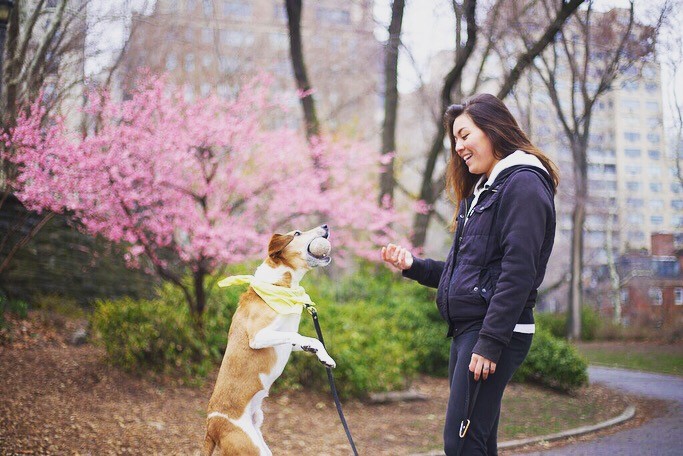
How’d you build such a strong reputation within your market?
I think what catapulted my reputation was my social media which was very focused on my niche, behavior case dogs in city environments. I really enjoyed filming and explaining the very unique challenges of being a dog walker in New York City. The biggest topics I mentioned were:
-How to walk a 170lb dog and 5 lb dog on Madison avenue amongst tourists and busy crowds
-Advocacy videos, “NO you cannot pet my dog” (all sizes)
-Helping anxious or new rescue dogs feel safe
-Meeting a reactive dog for the first time in the home
-Reactive dogs making friends with other dogs
-Navigating tight street spaces, elevators and walk ups with one to five dogs at a time
-Places where to take a large or reactive dog to play or get enrichment without them blowing up at their triggers.
The list goes on. But nevertheless, I did these things and it showed people a different side to owning a special breed or behavior case dog and what that looked liked in a city standpoint. By the time I moved the training, the community was set on both social media and through word of mouth
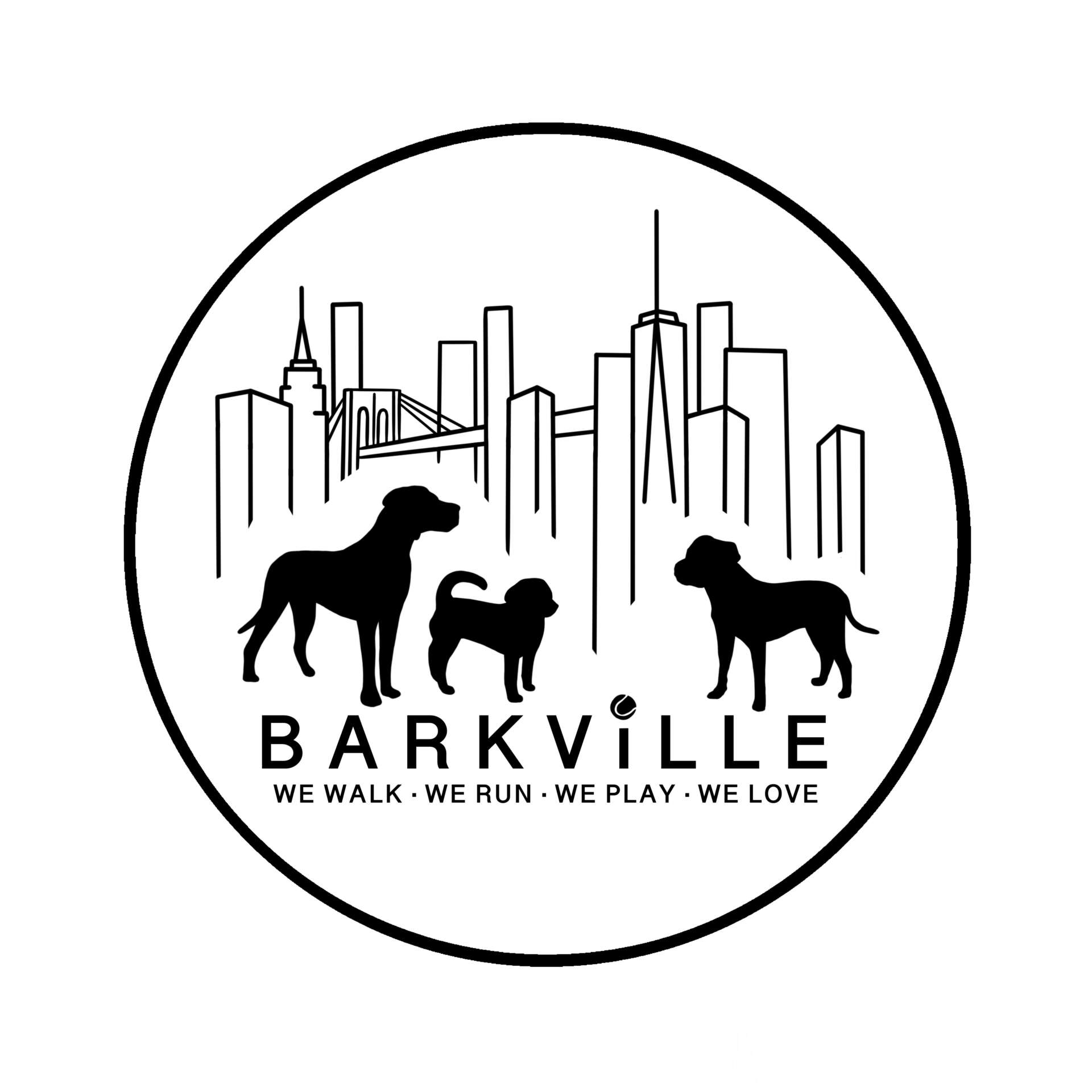
Learning and unlearning are both critical parts of growth – can you share a story of a time when you had to unlearn a lesson?
In college, I was always working particularly in the field of sales. I was great with people and even went on to do fundraising working with big time donors for a nonprofit organization. The roles for those jobs were- keep the clients and donors happy.
By the time I started my own business, I had the same mentality-make the client happy.
However, moving to behavior modification-dog training you learn that many owners think of sessions as a one stop shop fix-they want results. And for a while, the salesperson in me wanted to fulfil that wish for the client. Every working experience leading up to my current career was always about giving the client exactly what they wanted. But the deeper I learned about dog cognition, their emotions, how their brains worked-I learned that there were times where what the owner wanted and what the dog needed were at odds. I finally got to a point where I was coached and taught how to find common ground between what the dog needed and what the owner wanted.
I took communication courses, got coached from my mentor to learn how to better craft my communication. And in doing so, I had to learn to listen and validate how owners felt while also advocating for what the dog needed in order for them to be happy and have a shot in changing how they felt around their triggers.
I learned that dog-training is one industry where the client isn’t always right-especially if your mission is to help humans help their dogs.
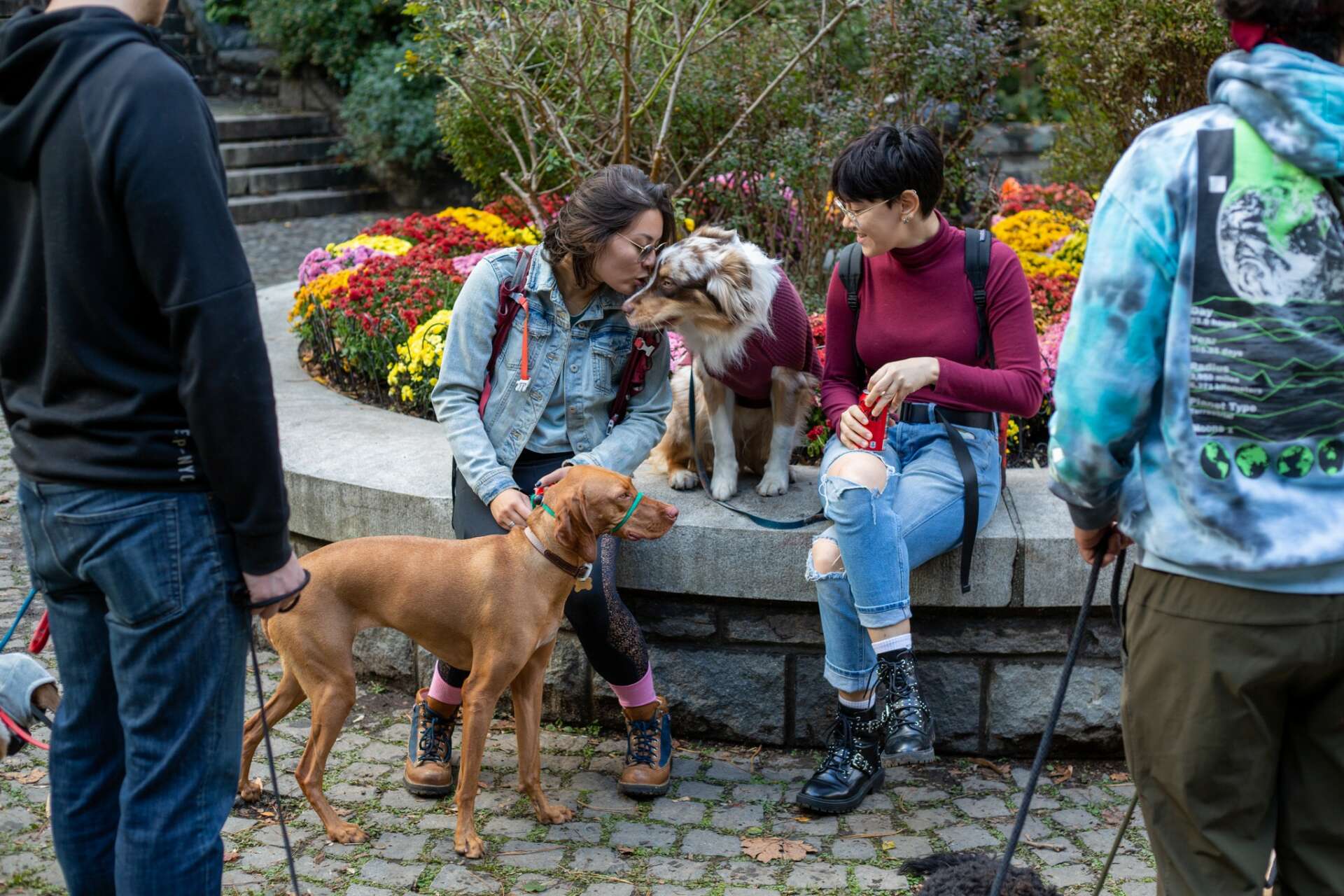

Contact Info:
- Website: barkvillenyc.com
- Instagram: barkville_NYC


